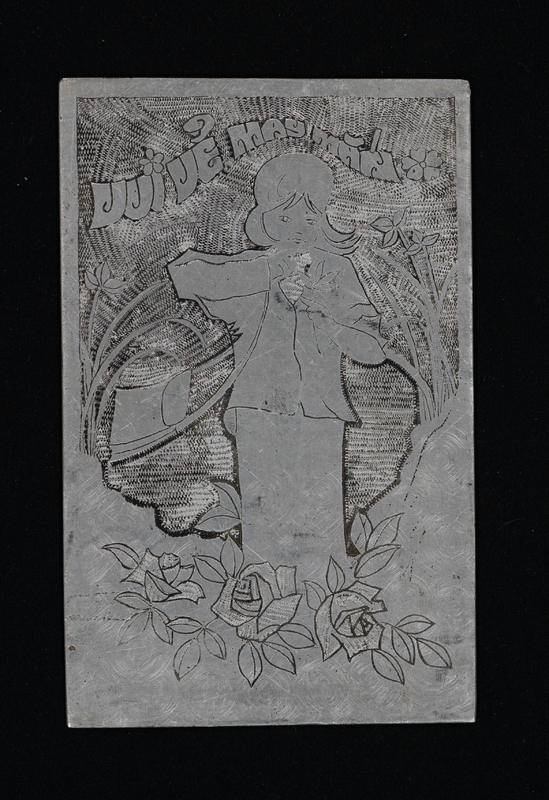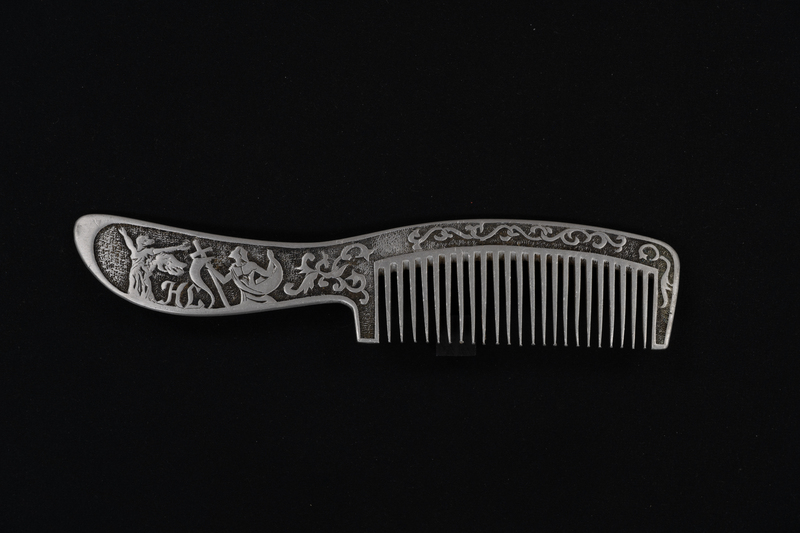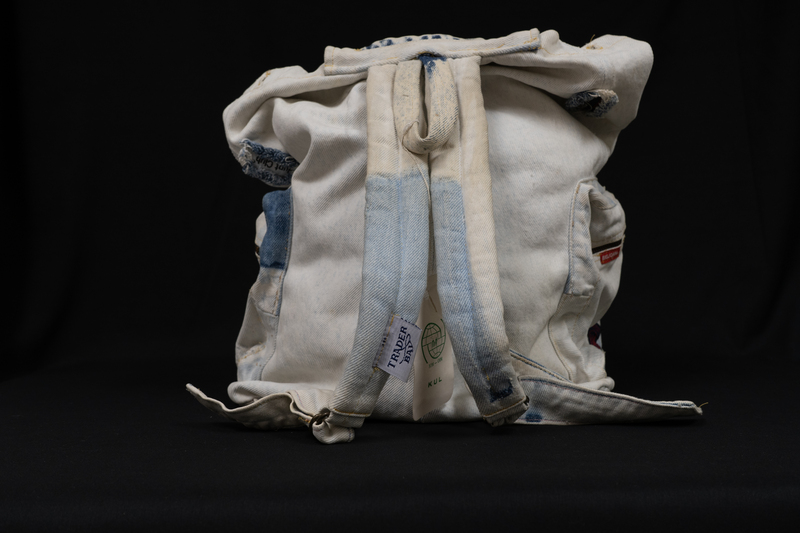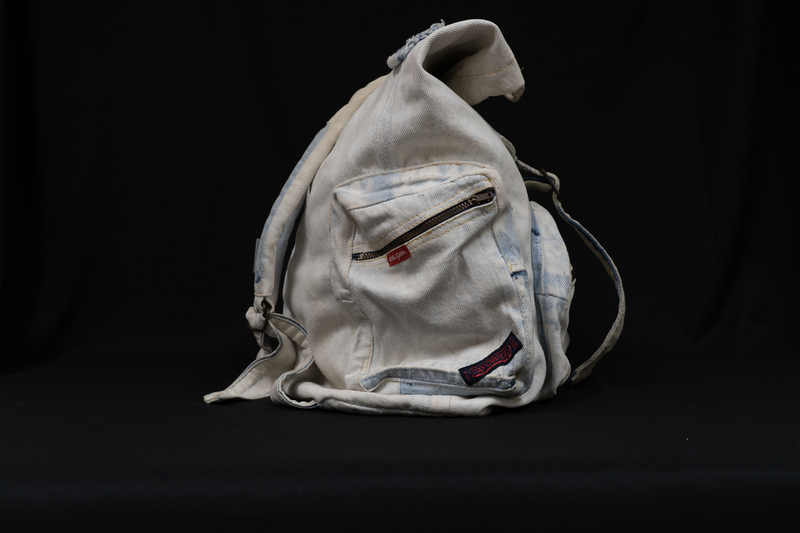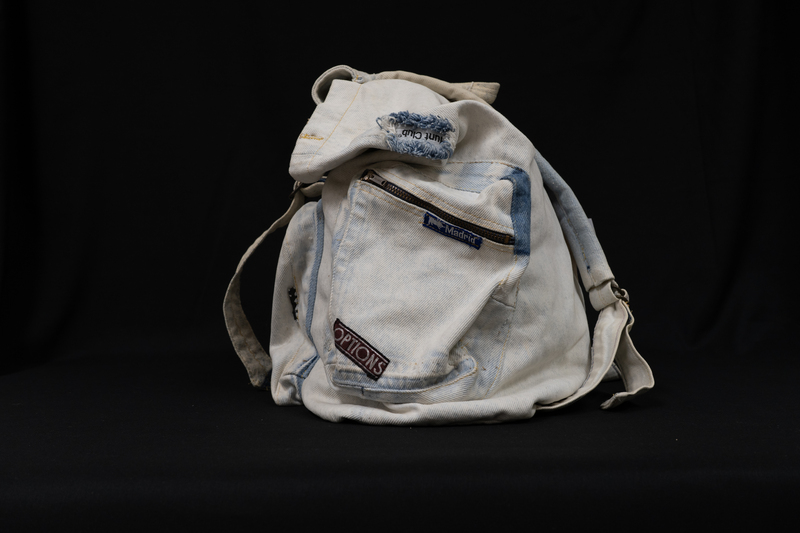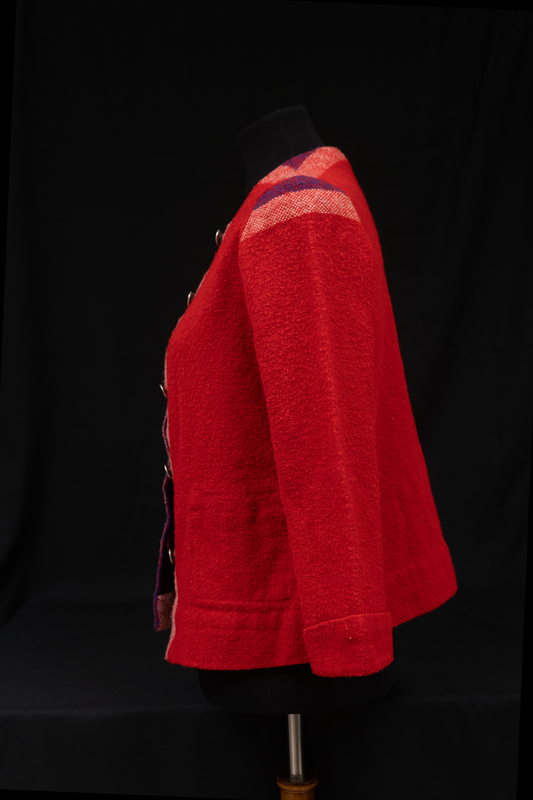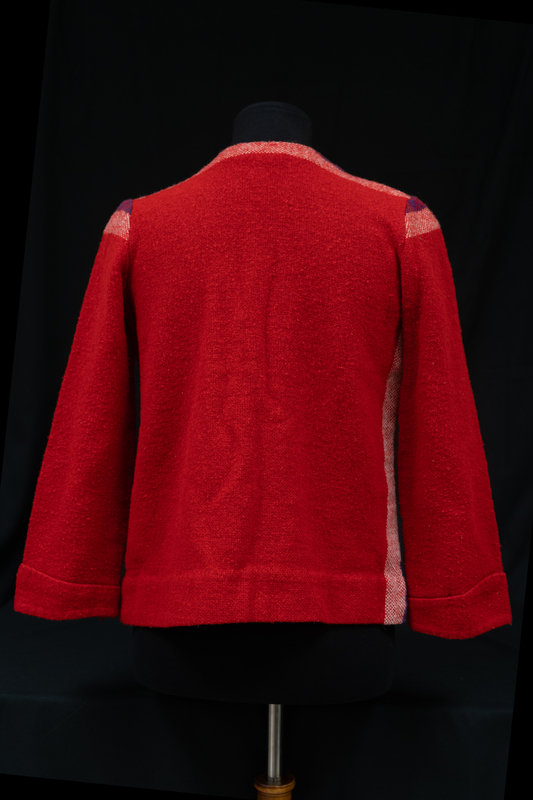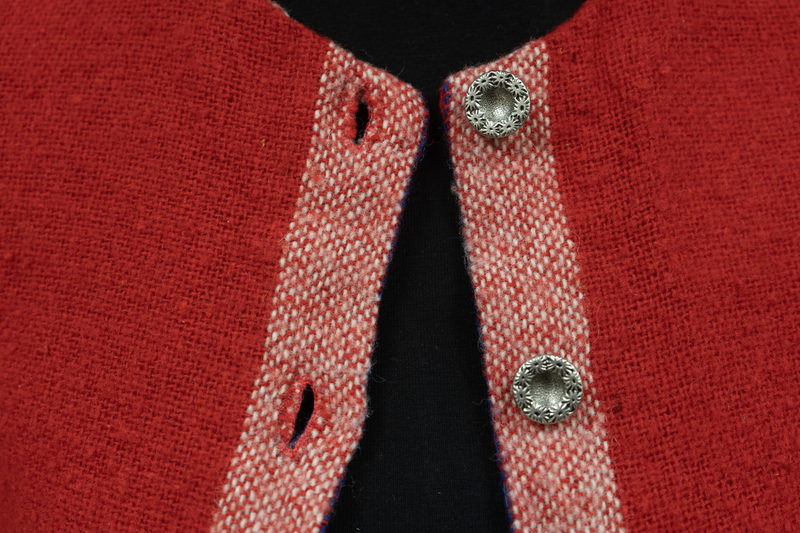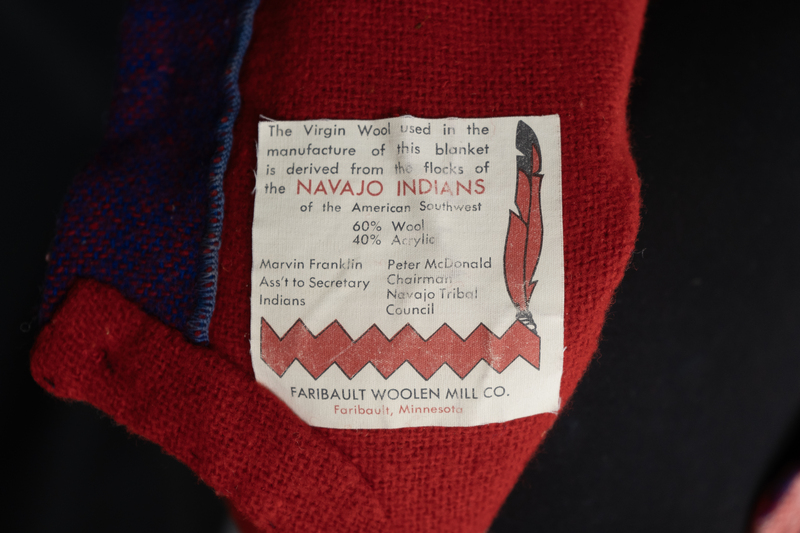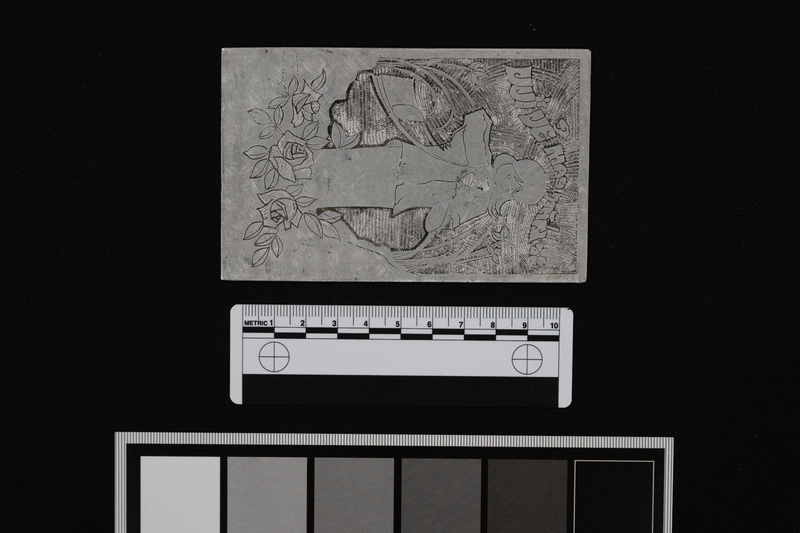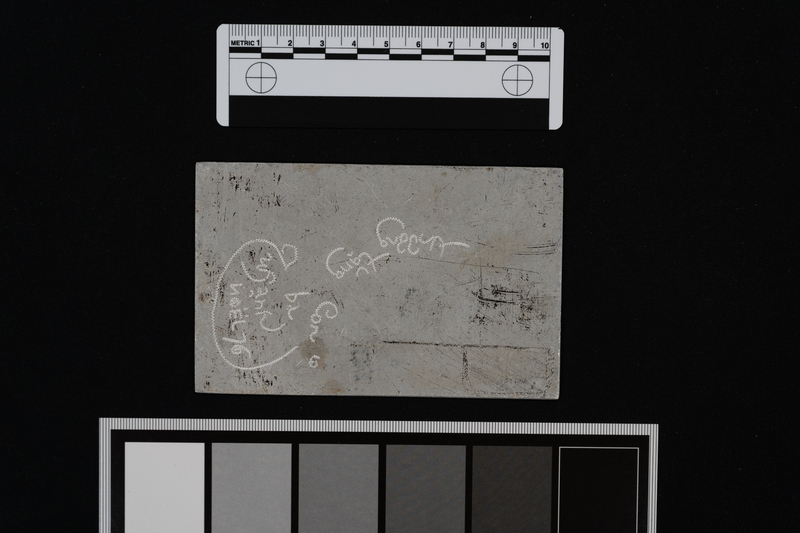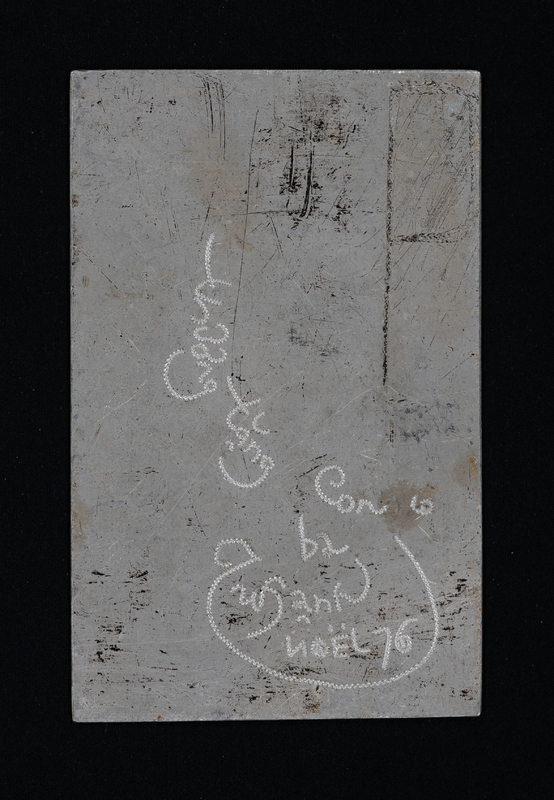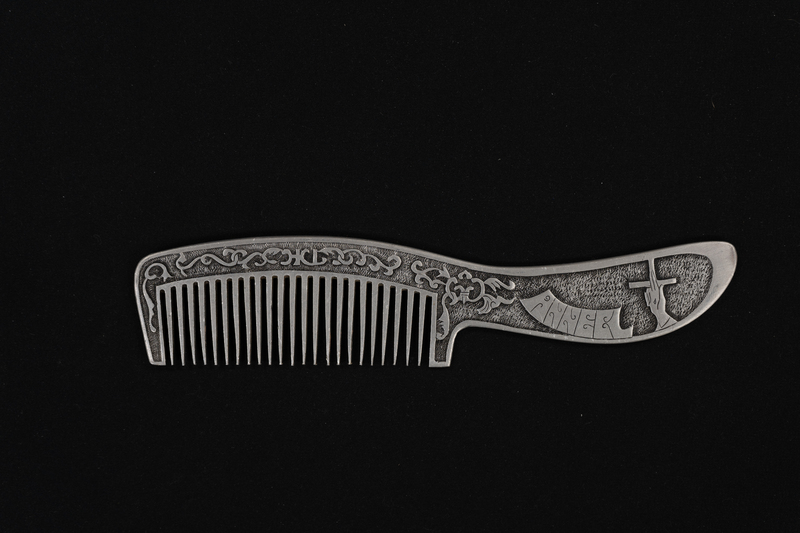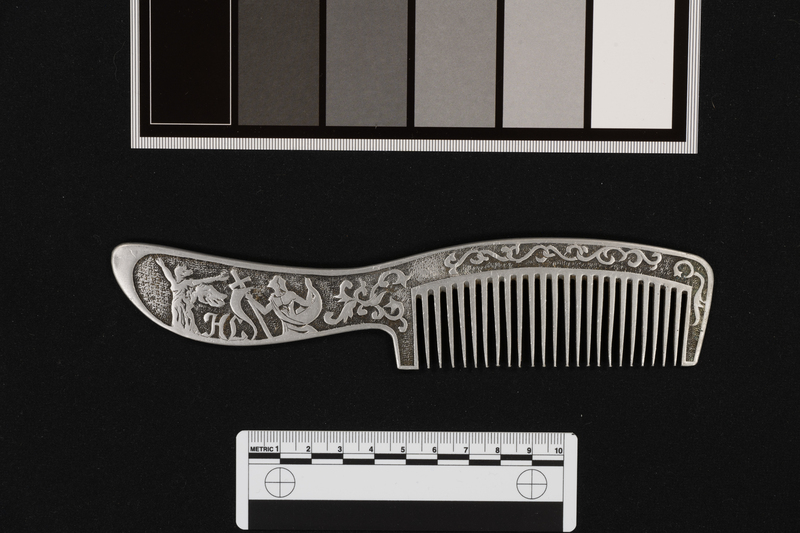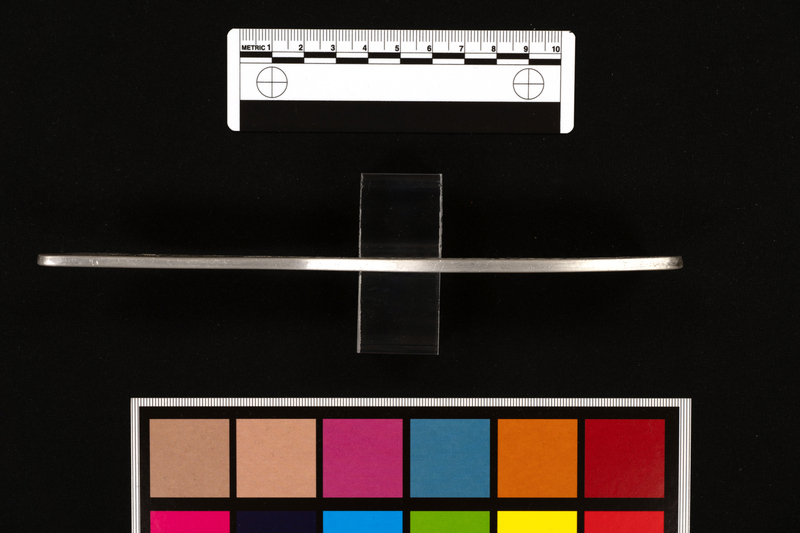Group 1: Transformations
Introduction to the Exhibition: Item Transformation
What is the role of transformation in refugeehood? Can it be a tool for oppression or for more than survival? This exhibit focuses on how transformation is portrayed in enduring refugee narratives and how refugees enacting transformation and creation on their external world could be an act of power and making their own mark on the world.
We ask you to question, rethink, and reframe refugeehood–that although transformation exemplifies an admirable strain of refugee resourcefulness and resilience as a result from incredibly despairing and seemingly hopeless circumstances, refugees are not simply to be revered for their ability to adapt and become malleable in times of crisis and difficulty. Rather, within refugees live a whole world of possibilities stemming from their creativity, community, and love as well in order to assert their own personhood through the world-building in their transformations.
Lastly, we want to foreground our exhibit with a quote from Departures: An Introduction to Critical Refugee Studies in order to begin thinking about transformation and its specificity in refugee studies and representations:
“People remember, forge, and transform a past that is simultaneously suppressed yet based on ‘potentiality for another world’. ”
Greco-Roman Classical Antiquity
Myth of Io
-
In the myth of Io, Zeus fell in love with the mortal girl, a daughter of Inachus and Melia and formerly a priestess of Hera. In order to conceal her existence from his wife’s jealous rage, Zeus transformed Io into a heifer. Unconvinced of her husband’s deceitful schemes, Hera demanded Zeus to gift Io in the guise of a heifer to her whom she sent Argus Panoptes, the “All-Seeing,” to monitor her. Depicted on the amphora produced around 540 BC, Hermes, sent by Zeus to further undermine his vengeful wife plans, lures Argus to sleep to free Zeus’s lover. In the myth, Io is subjected to the whims of Zeus’s infamous sexual appetite. Transformed into a heifer, Io’s autonomy and agency is inevitably limited as she is cornered by Zeus and chased around by Hera.
The myth of Europa
-
Acquired from Thomas Abel Brimage Spatt in 1862, this statue group from the Hellenistic period around 100 BC is held in the British Museum in London. It depicts a scene from the myth of Europa, a princess of Tyre, who was abducted by Zeus who, enamored by her, transformed into a white bull to abduct her. In this scene, Europa is perched on the back of Zeus as the bull. Although parts of the statue group are fractured and missing, Europa is portrayed as yet another woman subjected to Zeus’ tastes for sexual domination. Europa’s selfhood and agency is compromised as her consent in the tale is minimized in order to make room for Zeus. In this scene, Europa’s future is completely changed by Zeus’ wicked transformation to use Europa as he wanted.
Daphne and Apollo
-
In the myth depicted on this cup created circa 500 BC, Apollo pursues Daphne, a nymph and virgin huntress of the goddess Artemis. In order to escape from his relentless pursuit, she pleaded for help from her father, Peneus, a river god, who transformed Daphne into a laurel tree (which later became a sacred symbol to Apollo). While this transformation spares Daphne from Apollo’s physical grasp, it simultaneously robs her of freedom and agency, as she ultimately becomes a symbol of Apollo’s eternal possession. Daphne’s story, though it seems to have a happy ending, exemplifies a tragic loss of self as well as the enduring nature of oppression through forced transformation under the guise of safety and promised protections.
daphne cup
Artifacts from Vietnamese Refugee Material Culture Database
In the section below, we will be looking at the artifacts from Vietnamese Refugee Material Culture database and compare them with the Greco-Roman antiquities from the section above.
Know moreJean Backpack
-
This backpack was reconstructed from a pair of jeans donated by a charity organization. Ill-suited to the suffocating humidity of Pulau Bidong refugee camp in Malaysia, Vietnamese refugee Tan found a more practical use for the jeans. As repayment and token of appreciation, Tan created this backpack for his friend and fellow refugee, Vincent, who offered financial assistance from which he received from his brother, who had already resettled in the United States, to Tan’s sister. Despite the dire and scarce conditions of the refugee camp, this backpack exemplifies a strain of refugee resilience and resourcefulness to help one another even when material things were difficult to come by. In spite of the impersonal nature of the donation and near uselessness of jeans, Tan asserts a world of possibility and a desire to create things tailored to their own difficult circumstances
Sweater
-
This red and pink woolen women's button-up sweater was worn by Ms. Nguyen Thu Nhi in 1975 at the Marine Corps base of Camp Pendleton, CA, after she escaped from Vietnam to Guam. This sweater was handmade using two blankets from the airplane that took her from Guam to Camp Pendleton.
- Two ordinary blankets were transformed into a beautifully crafted sweater, symbolizing Ms. Nguyen Thu Nhi's resilience and adaptability. This transformation mirrors the journey of many refugees who, despite facing immense challenges, managed to create new lives and identities from limited resources. The sweater embodies the spirit of change and hope, showing how past hardships can be turned into symbols of strength and new beginnings.
Aluminum Birthday Card
-
This aluminum birthday card, etched with heartfelt messages, was created by prisoner Bắc Phong Từ Võ Hạnh as a gift for his daughter. Though he was willing to trade his food and endure starvation in order to obtain the necessary materials, his friend in the prison ended up gifting him the piece of aluminum, encouraging him to work on his daughter’s gift with no need to exchange anything in return. Although he could not physically be there to celebrate with her, Hạnh was able to have a prison visitor deliver it to his daughter. Hạnh writes on the card, “Because of you, I could not die,” demonstrating the very human desire to have a sort of anchor to rely on in the most difficult of times. This card, later displayed in the family’s home, not only serves as a beautiful symbol of familial love and craftsmanship, but also stands as a testament to his transformative ability to cherish sentimentality. Even in the most dire circumstances, the hope of reuniting with loved ones can provide the strength to endure and survive.
Aluminum Comb
-
Created by Bắc Phong Từ Võ Hạnh, the same prisoner who crafted the aluminum birthday card mentioned above, this aluminum comb was intended as a gift for his beloved wife. Despite the scarcity of material and tools (not to mention constant surveillance), he used metal fence scraps and leaves to transform a mere piece of aluminum into a delicate work of art, further deciding to include carved religious symbols as well as his family members’ initials. This process of creation not only changed the physical nature of the aluminum but also imbued it with deep personal significance, symbolizing hope and resilience. Although not functionally usable as a comb, the gift is a token that represents the enduring connection that persisted despite physical separation, as well as the creator’s ability to find solace and purpose in creation.
Artifacts Comparison
-
Juxtaposing these artifacts from Greco-Roman antiquity and from the Vietnamese Heritage Museum, we hope to problematize narratives of transformation in stories of refugeehood. While Io and Europa become passive objects in a minimal chapter of Zeus’ infamous history of sexual partners, transformation for these inspirational Vietnamese refugees become a site to negotiate power, for refugees to assert agency, and to continue a legacy of refugee world-building “to look beyond the immediate present and to root themselves in… a critical refugee futurity that unfolds from refugees’ everyday acts of resistance and affective forces in the here and now” (Departures 90).
- In place of approaching stories of refugees from a space of detachedness, we encourage people to zoom in on a smaller, more personal scale to see and witness a refugeehood that holds an abundance of resourcefulness, resilience, creativity, love, determination, and wholeness. We want to refute dominant narratives of lack and scarcity and instead, uncover an inspiring resolution from refugees everywhere to mold and tailor a chaotic, antagonistic world to their own needs, hopes, and dreams.
-
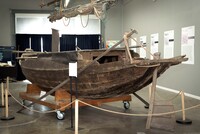
Boat of Hope
A six-meter, engineless river sampan powered by two oars and a sail. Eight adults and one child departed from Vung Tau, Vietnam on September 3rd, 1984 in this boat. They sailed the open seas and survived treacherous conditions for seven days as ships passed them. On September 10th, 1984, the passengers, along with the boat, were finally taken aboard the Cetra Corona of Le Havre, a French bulk carrier. The refugees disembarked at Nagoya Seaport in Japan, while the boat was taken to France. The boat remained in the Musée Maritime et Portuaire in Le Havre for 38 years until it moved to the Vietnamese Heritage Museum in February 2023. -
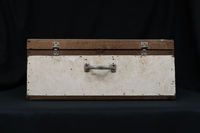
Wooden Chest of Refugee Mementos
A chest made out of repurposed materials at the Galang refugee camp in Indonesia. The wood comes from the boards of the rotting barracks at the camp and the aluminum handle and clasps are made from materials (e.g. pots) issued by UNHCR. This chest was used to hold mementos from Le Xuan Mui's time at the refugee camp. Since Le Xuan Mui arrived at Pulau Bidong on March 13, 1990, after the adoption of the Comprehensive Plan of Action, he was not automatically granted refugee status and was subject to screening to qualify as a refugee. He was ultimately repatriated to Vietnam on August 19, 1996. -
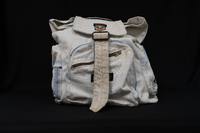
Jean Backpack
Grey denim backpack made from a pair of jeans donated by a philanthropic organization. The backpack was created by a fellow Vietnamese refugee named Tan at Pulau Bidong and gifted to Vincent Doan as a token of appreciation. -
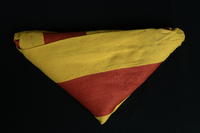
Republic of Vietnam Flag
A Republic of Vietnam flag discovered during the 1963 coup d'état. -
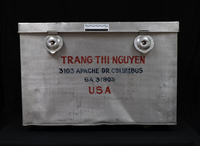
HO Aluminium Trunk
Aluminum trunk used as travel luggage. The side of the trunk shows the name of the owner, Nguyen Thi Trang, and her destination address. This trunk belonged to Nguyen Thi Trang, a Vietnamese refugee who was resettled to the US after the introduction of the "Humanitarian Operation" (HO) category in the Orderly Departure Program (ODP), designed in 1989 for refugees who had spent more than 3 years in re-education prison camps. Eligible individuals and their family members were permitted to immigrate to the US through interviews with US representatives in Saigon and were added to the official HO list. During the second wave of Vietnamese refugees who immigrated to the United States, aluminum trunks were often used by those under the HO category. The rectangular trunks had lids with rings for locks, rolled on four wheels, and were airline-approved. They were painted in either red or black with the names of the refugees and their sponsor's addresses on three sides. The HO number would also often be included. -
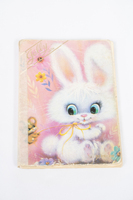
Diary of Refugee in Thai Prison
Journaling diary with a pink paper cover decorated with flowers and a white bunny, and fixed with painter's tape. The diary belonged to Nguyen Doan, a Vietnamese refugee who wrote it during the year he was imprisoned in Thailand following his escape attempt from Vietnam. The diary describes his escape from Vietnam, two pirate attacks, and the subsequent months of captivity in a Thai prison. He fled Vietnam by boat with about 100 people. During the voyage, they were attacked by Thai pirates who abducted a girl from their boat. Then they were attacked a second time, during which they fought back and killed several pirates. As a consequence, Nguyen Doan and 18 other refugees were arrested by Thai police and imprisoned for close to a year. -
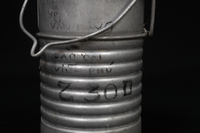
Guigoz Milk Can
Metal Guigoz milk can. The can belonged to Nguyen Duc Trach, who was imprisoned in a re-education prison camp for ten years until 1988 in conditions of extreme hunger. Produced in the Netherlands, Guigoz powdered milk was a common dietary staple for children of civil servants, military personnel, and affluent families before 1975. Several prison camp inmates would keep these cans and use them to secretly cook insects and other critters to supplement their meals. Nguyen Duc Trach used this can to secretly boil water and make extra meals to avoid starvation. During his ten years of imprisonment, he attempted to escape or commit suicide multiple times, and after his release he also made several unsuccessful attempts to flee Vietnam by boat between 1988 and 1990. He was eventually resettled to the US in 1990 through Orderly Departure Program (ODP), and went on to become a poet. -
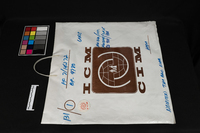
ICM - CIM bag
Paper envelope carrying a brown planet-shaped icon with the initials ICM / CIM, the logo of the Intergovernmental Committee for Migration (known today as IOM, the UN's International Organization for Migration). This was the type of envelope provided to the majority of Vietnamese refugees upon their acceptance to settle in the US, and it contained their immigration documents and lung X-ray films. This made it extremely valuable as it was proof of their right to immigrate. This specific envelope belonged to Ms. Nguyen Thi Bao Nga, who escaped by boat from Vietnam to Palawan, Philippines, in 1987. She later settled in the US and kept this envelope because of its importance. -
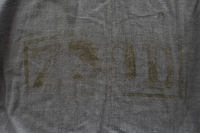
Z30D Prisoner Uniform
Grey women's prison cotton shirt with the letters Z30D written on the chest in faded black ink. The shirt was worn by Lieutenant Nguyen Thanh Thuy, a former member of the SWAN (a special police force under the Republic of Vietnam), during her 13-year detention in the Z30D re-education prison camp between 1975 and 1988. She took this shirt with her when she was released and relocated to the US through the Ordinary Departure Program (ODP). The PTSD caused by her long imprisonment made her unable to drive for several years because she was triggered by the sound of keys, but she was eventually able to get treatment and overcome the trauma. -
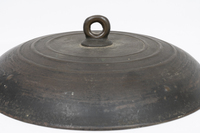
Black Bronze Pot
This black, bronze pot from the 18th century has been in Nguyen Tuyet's family for hundreds of years and has traveled with them through multiple forced displacements: from their home village of Dương A to Nam Định during the First Indochina War, to Saigon after the Geneva Accords was signed and Vietnam was divided at the 17th parallel, and then to the U.S. with the end of the Vietnam War. -
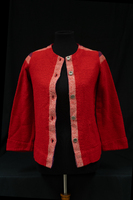
Sweater
Red and pink woolen women's button-up sweater. The sweater was worn by Ms. Nguyen Thu Nhi at the Marine Corps base of Camp Pendleton, CA, in 1975, where she was relocated after escaping from Vietnam to Guam. The sweater was handmade using two blankets from the airplane taking her from Guam to Camp Pendleton. Her husband was a Republic of Vietnam Senator. -
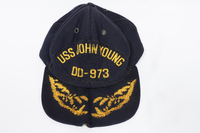
Captain's Hat
Blue cotton American Navy hat with yellow embroideries on the bill, also embroidered with the words "USS John Young DD 973". The cap belonged to Day Nguyen, a Vietnamese refugee who was rescued by the US Coast Guard USS John Young 973 in the Gulf of Thailand on April 18, 1981 from a small boat carrying 65 boat people. The cap was donated to Day Nguyen by the ship’s captain as a souvenir for helping him organize sleep arrangements and food distributions for the 350 people rescued by the ship in various parts of the Gulf of Thailand during this trip.


